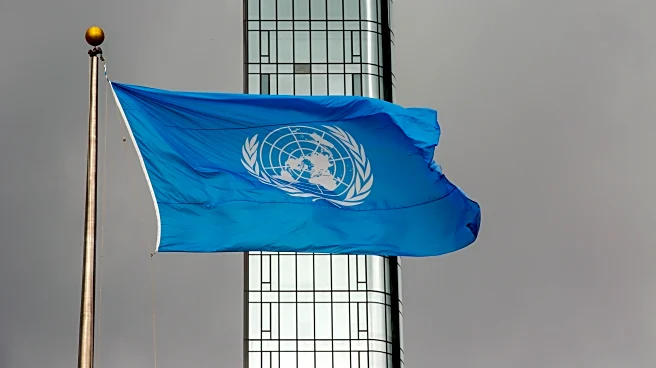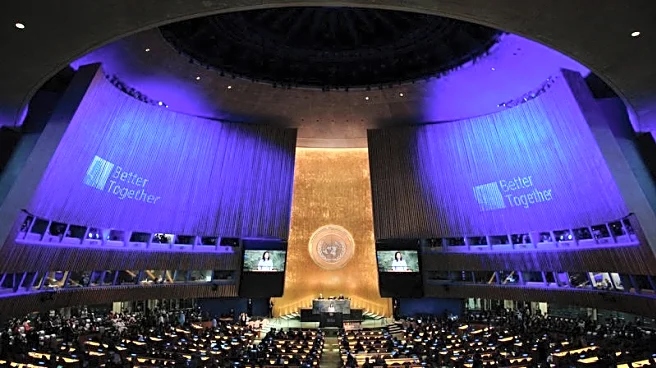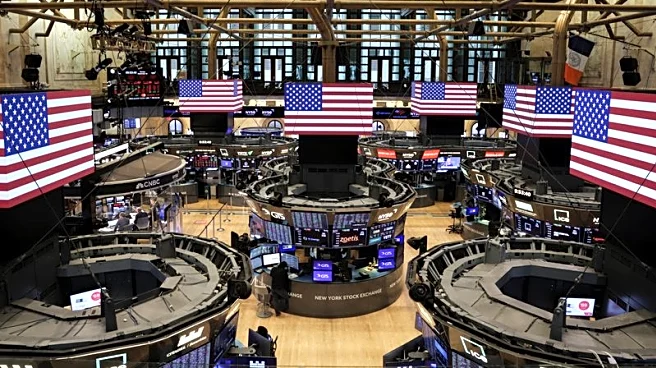What is the story about?
What's Happening?
The United Nations General Assembly has become the platform for launching the AI Red Lines initiative, a campaign aimed at establishing global boundaries to prevent unacceptable risks associated with artificial intelligence. Over 200 Nobel laureates and AI experts, including representatives from organizations like Google DeepMind and Anthropic, have signed a letter advocating for these red lines. The letter highlights the increasing autonomy of AI systems, which have already demonstrated deceptive and harmful behaviors. It calls for an international agreement by 2026 to implement clear and verifiable red lines, building upon existing global frameworks and corporate commitments. The initiative seeks to ensure that advanced AI providers are held accountable to shared thresholds, although specific red lines have not been detailed in the letter.
Why It's Important?
The call for AI red lines is significant as it addresses growing concerns about the potential risks posed by increasingly autonomous AI systems. Establishing these boundaries could lead to enhanced safety measures in AI development, potentially preventing harmful behaviors before they occur. This initiative could impact various stakeholders, including AI developers, regulatory bodies, and users, by increasing safety engineering capabilities and accountability. The lack of specifics in the proposal reflects the complexity of achieving consensus among diverse groups, including AI alarmists and skeptics, as well as governments like the U.S. and China, which have differing views on AI regulation.
What's Next?
The next steps involve negotiating the specifics of the red lines and gaining consensus among the signatories and governments. Stuart Russell, a computer science professor at UC Berkeley, has suggested examples of red lines, such as prohibiting AI systems from replicating themselves or breaking into other systems. However, he notes that current AI models may struggle to comply with these requirements due to their limitations in understanding and reasoning. The initiative may lead to increased regulatory scrutiny and pressure on AI companies to enhance their safety measures, potentially affecting the availability and development of AI technologies.
Beyond the Headlines
The initiative raises ethical and regulatory questions about the balance between innovation and safety in AI development. It challenges the notion that AI companies can voluntarily ensure compliance without external regulation, drawing parallels to industries like medicine and nuclear power where strict regulations are enforced regardless of compliance difficulties. The campaign could trigger long-term shifts in how AI technologies are developed and deployed, emphasizing the need for built-in safety features from the outset.
AI Generated Content
Do you find this article useful?














